Mesher Art Space on Istanbul’s bustling Istiklal Street has reopened this week after being shut down for months because of the coronavirus. It is now back in business with its second exhibition, titled “Alexis Gritchenko – The Constantinople Years.”
The Ukrainian artist the exhibition is named after, lived in Istanbul between 1919 and 1921, and had a highly productive period in which he illustrated the city and its residents.
“Mesher [Ottoman Turkish for ‘exhibition space’] is inviting viewers to see Istanbul through Gritchenko’s eyes … a refugee artist in a city under occupation 100 years ago,” the exhibition’s organisers say.
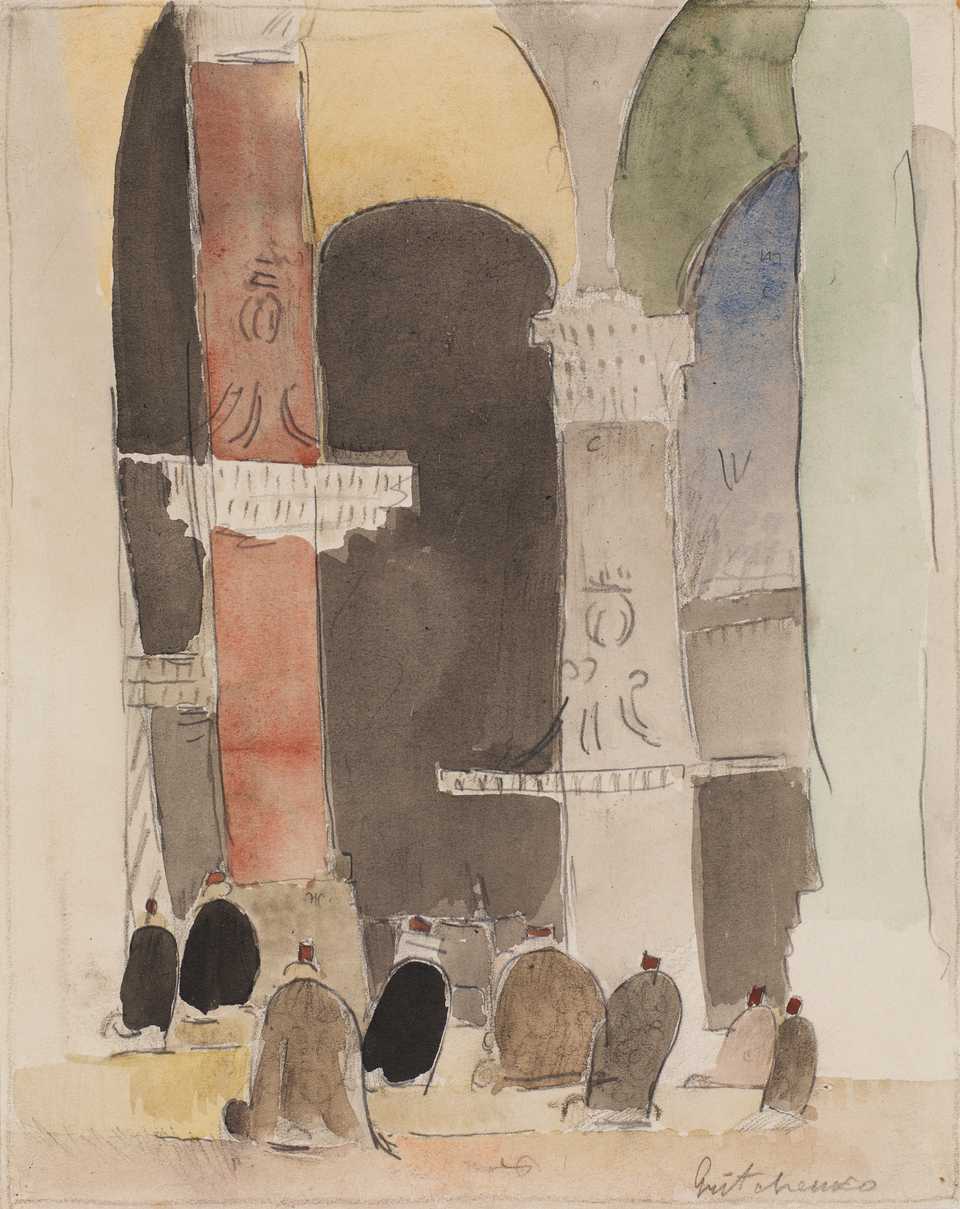
More than 150 artworks that Gritchenko produced during those two years are brought together for the first time, a century after the artist’s visit to Istanbul and in light of his later published memoirs. The exhibition brings together mostly watercolours, as well as works in gouache, pencil, and oil paint.
The exhibition can be visited between September 1 and November 1, 2020 and comprises Gritchenko’s output in Istanbul, mostly watercolors, but also charcoal drawings and gouache and oil paintings. Mesher is open six days a week from 11 am to 5 pm, and is closed on Mondays.
Press materials speak of the artist’s depiction of Istanbul “from his unique perspective and color palette; his passion for the Hagia Sophia, the city walls, from the Golden Horn to Galata and even to Buyukada.”
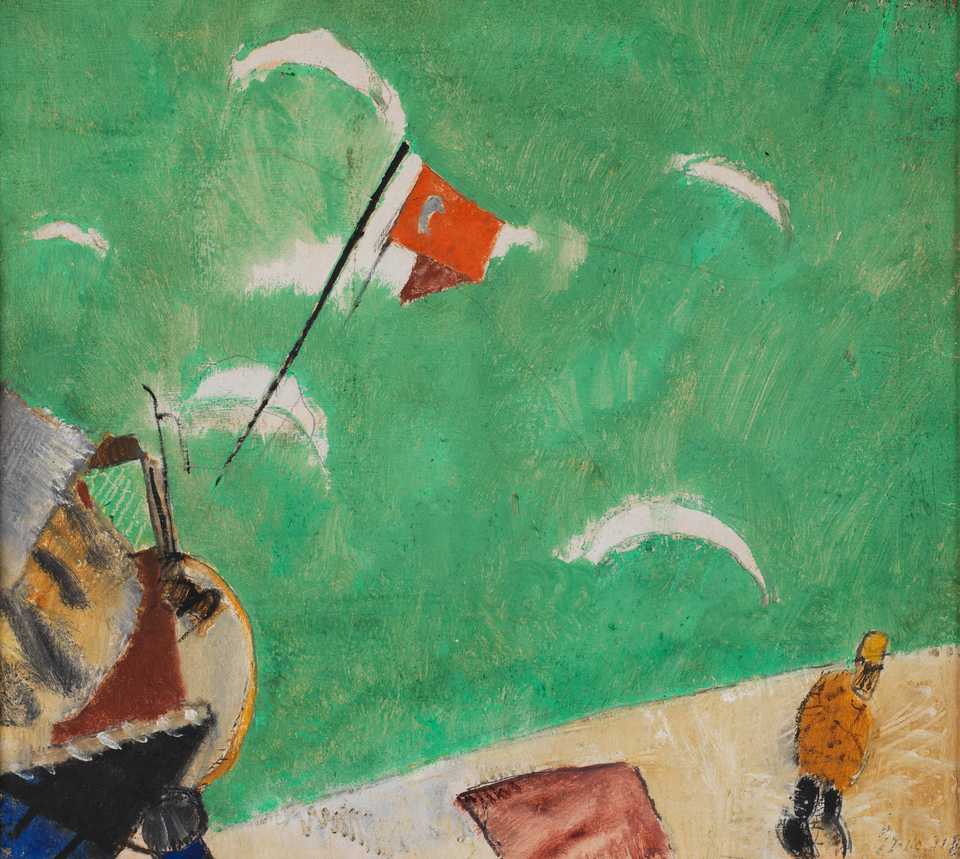
The exhibition is curated by Ebru Esra Satici and Seyda Cetin, while the scope of the exhibition was determined by the research of the academics and exhibition consultants Vita Susak and Aysenur Guler, press materials indicate.
Speaking of Gritchenko’s experience in what was then the Ottoman capital, curators Ebru Esra Satici and Seyda Cetin point out:
“The two years Gritchenko spent in Istanbul coincided with the Armistice and occupation of the city. Although he lived in poverty and faced numerous difficulties he remained committed to his art and enjoyed a highly productive period which was to prove a turning point in his career.”
They say Gritchenko explored the cities the backstreets, mosques and coffee shops, and was inspired by his discoveries, adding:
“His works skillfully depict the urban landscapes and historical buildings of Istanbul and the lives of its inhabitants: Paintings of boatmen, street peddlers, porters and others provide a window into the life of the city during that period.
Through a chance meeting with [Turkish painter] Ibrahim Calli, he made friends and contacts with artists and writers from the circle of intellectuals of the period.”
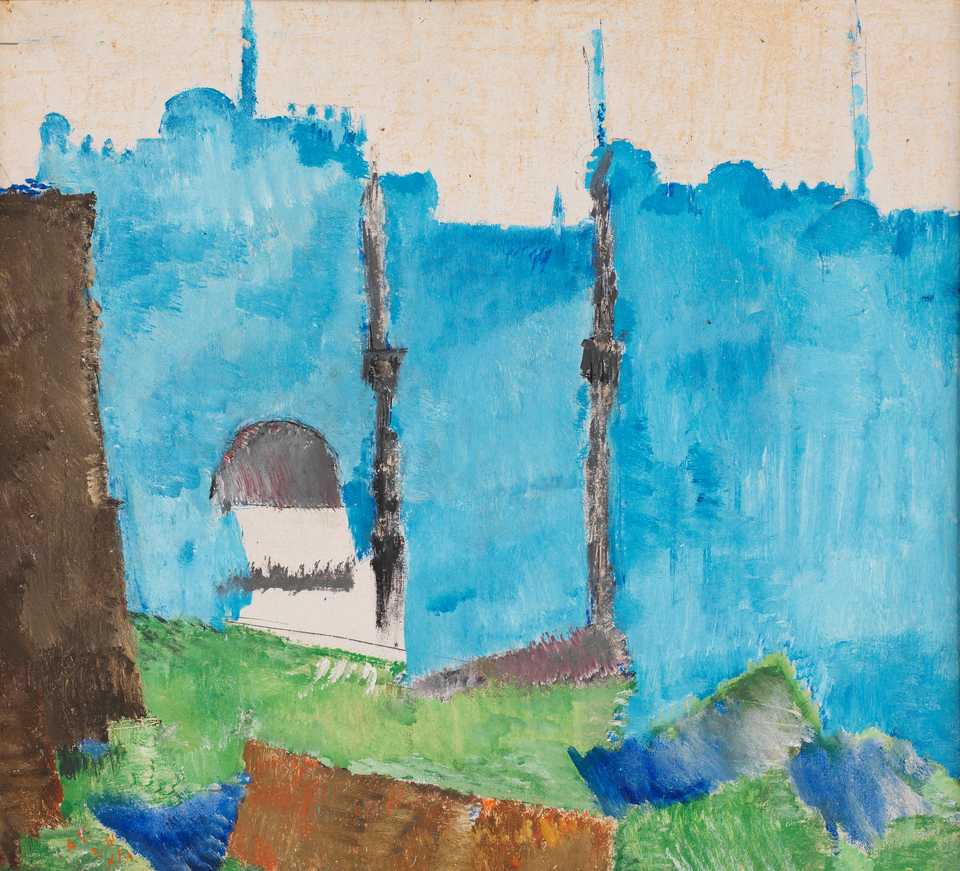
The exhibition, in addition to displaying more than 150 paintings, also includes an edition of the artist’s 1930 book “Deux ans a Constantinople (Two Years in Istanbul)” that is a part of the founder of modern Turkey Mustafa Kemal Ataturk’s private collection.
The artworks on display at Mesher come from over 20 museums, archives, and private collections from seven countries, including the National Art Museum of Ukraine, the Ukrainian Museum New York, the Centre Pompidou, and College de France.
“Alexis Gritchenko – The Constantinople Years” brings together the most comprehensive selection of his artworks on Istanbul to date, “paying homage to the Ukranian artist’s dedication to work and enthusiasm for life.”
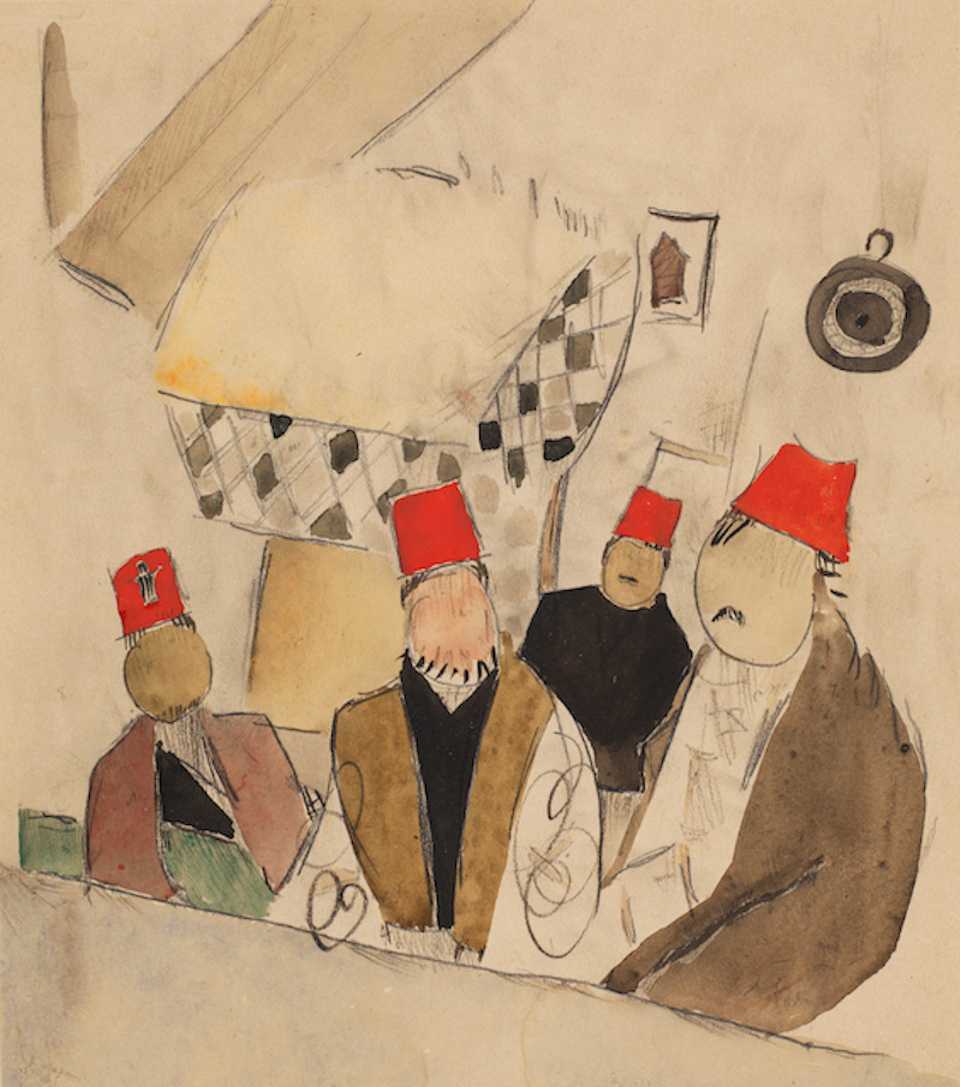
Thumbnail and headline photos courtesy of Mesher, photographed by Ilgin Erarslan Yanmaz.

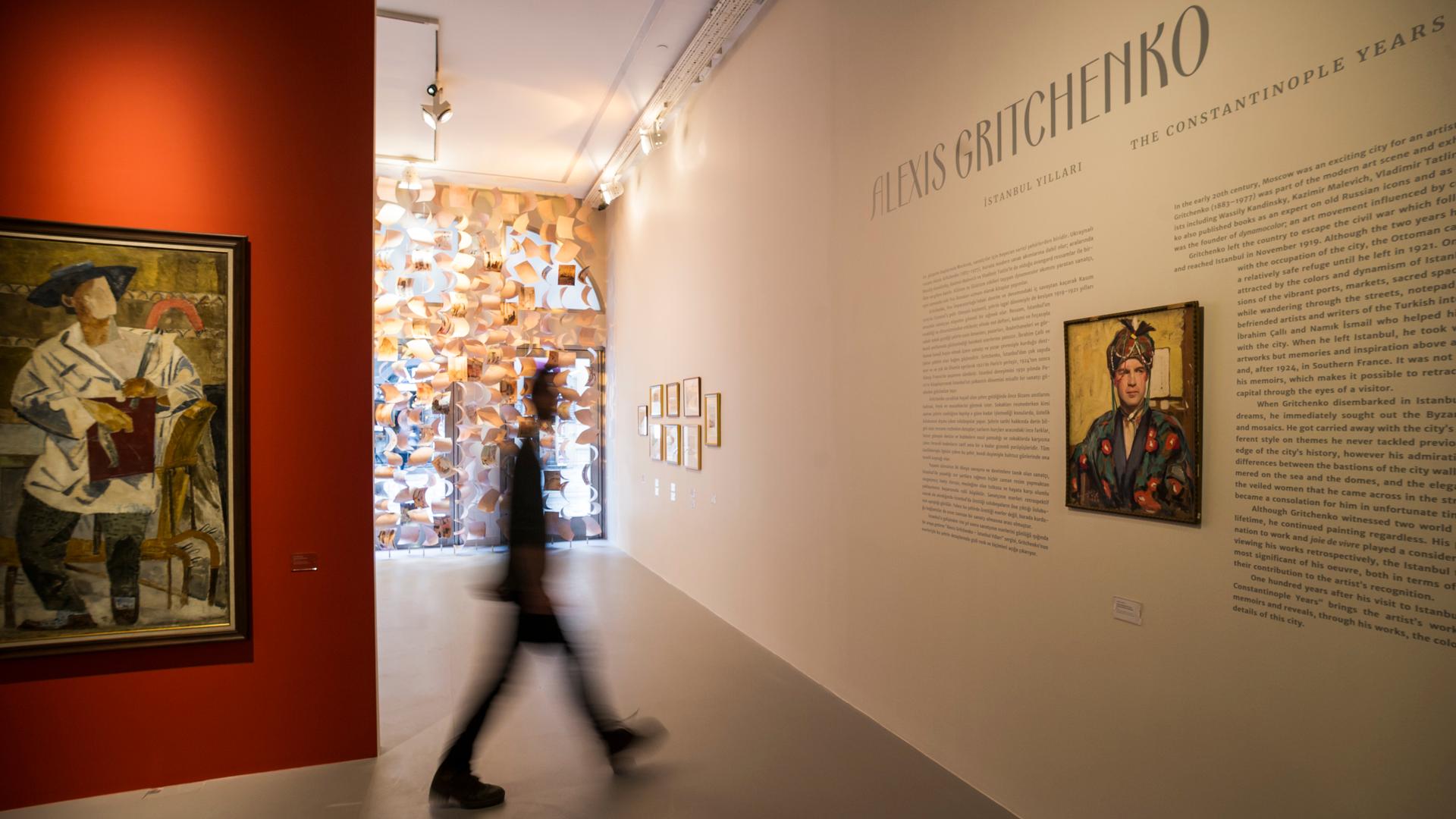








Discussion about this post